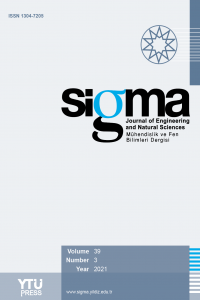Bioinformatic analysis reveals that some bacteria may aid SARS–CoV-2 spread and entry into host cells
Abstract
It is known that there are direct and indirect interactions between bacteria and viruses. Like some other viruses, we hypothesized that SARS-CoV-2 (Covid-19) may induce bacteria growth to aid its proliferation or may cooperate with bacteria to facilitate its activities in host cells. To verify this hypothesis, some bioinformatic tools and databases were employed. Complete genome sequence of SARS-CoV-2 was used to predict the bacteria with the required features. Results reveal that > 2000 bacteria were found to possess the required features using SMART tool. In addition, we compared different genome sequence of ACE-2 (belonging to different species) with some bacteria. Surprisingly, some bacteria were predicted and many predicted proteins are obtained. Finally, we compared some sequences of SARS-CoV-2 spike proteins with the predicted bacteria using BLAST tool. Results reveal many predicted proteins. These possible connections and similarities may be important for the virus enter the host cell. Until the virus finds the appropriate ACE-2 receptor to enter the host cell, bacteria may support the virus in this process. Perhaps even a virus attached to the bacterial surface which may be predicted to be a carrier for inter-host transmission. With the experimental demonstration of these hypotheses, the way to obtain new data on the reasons for the reproduction of the virus in the human body and the easy transmission of the virus in the population will be opens up. More than 10 different epitopes are found with signal peptide Therefore, focusing on bacteria-virus interactions opens up the window to exploit new future therapeutic targets.
References
- [1] Zhou P, Yang, XL, Wang XG, Hu B, Zhang L, Si R, et al. A pneumonia outbreak associated with a new coronavirus of probable bat origin Nature 2020;579:270–3.
Details
| Primary Language | English |
|---|---|
| Subjects | Engineering |
| Journal Section | Technical Note |
| Authors | |
| Publication Date | September 27, 2021 |
| Submission Date | July 24, 2020 |
| Published in Issue | Year 2021 Volume: 39 Issue: 3 |
IMPORTANT NOTE: JOURNAL SUBMISSION LINK https://eds.yildiz.edu.tr/sigma/


